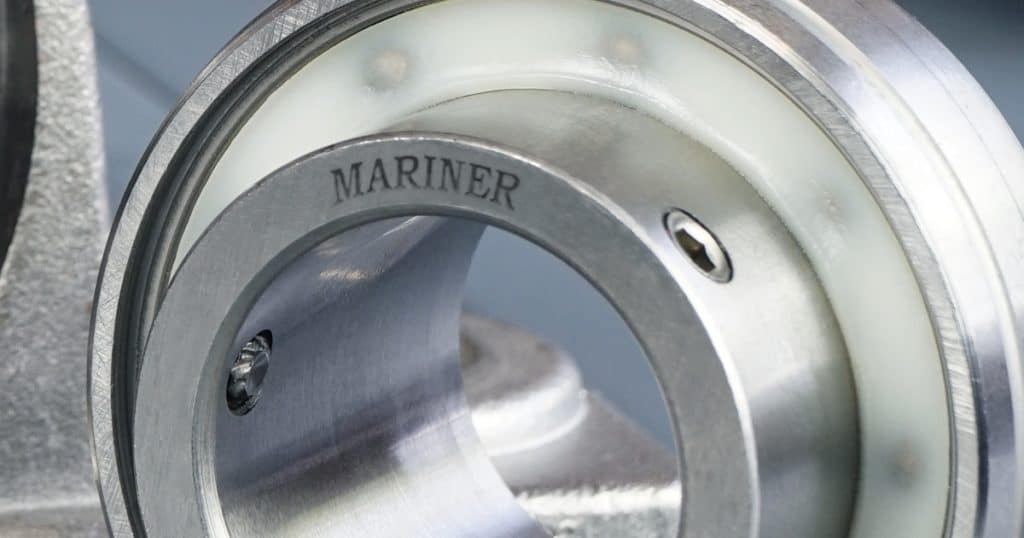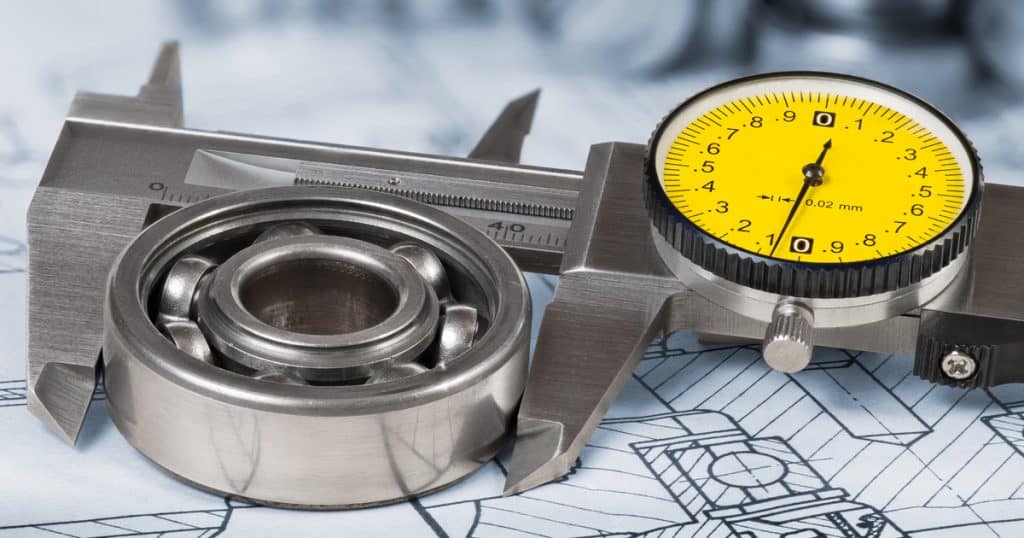Shaft and Housing Fits From Axis®

How to determine correct shaft and housing fits
This video makes use of the Axis® ball bearing catalog – AXS16.
Download the Axis catalog here.
Before we begin let’s consider an application for example purposes. In this tutorial, we will use a 6310 bearing with the intention of installing it in an electric motor.
In order to properly use the tables in the catalog, we will need to note the inner and outer diameters of our bearing. We can locate this information on page 15, in the dimensional portion of the catalog. As you can see here, the inner diameter of a 6310 bearing is 50 millimeters, while the outer diameter is 110 millimeters.
Shaft fit
Let’s open the catalog to ‘shaft and housing fits’. You’ll find it on page 48. The first thing we need to determine is whether the inner ring is going to be rotating or stationary. From that, we can determine which portion of this table to use.
Since we know, in an electric motor application, the inner ring rotates, the next thing to look at is which kind of loading the bearing will be subjected to. Under Examples of application, you will see that typically an electric motor is the ‘normal to heavy load’ application. When desired, you can compare the expected load, or P-value, to the capacity of the bearing, or C-value. If the P-value is greater than 6% of C then it is considered a ‘normal to heavy load’ application.
Next, we check the shaft diameter column. We know that the inner ring diameter of our 6310 bearing is 50 millimeters, which falls between 18 and 100 millimeters. So, we can follow that row to the right to find the recommended shaft fit. This table tells us that the K5 ISO fit is proper for our application. The bracketed call-out is for special applications, such as an angular contact bearing, so it doesn’t apply to our example.
Let’s flip to the shaft fit tables on the next page. Locate the K5 column and follow it down to the 50-millimeter nominal bore of the bearing in our example. Where the row and column intersect is the high and low measurements in inches for a shaft diameter that will ensure a proper K5 fit.
Housing fit
The fit between the shaft and the inner diameter of the bearing is only half of the equation. We will also need to ensure a proper fit between the outer diameter of the bearing and the housing in which it will be installed. To find this information, flip back to page 49. Here we see the housing fit selection table.
There are several options here, so we need to be sure to select the correct conditions. Electric motor applications, especially ones that are hooked up by couplings or c-face mounted into a speed reducer, have no clearly defined direction of loading. Because there are no components creating force in a constant direction, we should use the indeterminate direction load portion of this table. Again we are going to use the ‘normal to heavy load’ condition, as we determined earlier. As we follow the row across, we see that we should use a k7 fit for our housing tolerances. Continuing on, we can also read notes about whether the tolerance would allow the outer ring to move axially within the housing.
We don’t want our outer ring to move, so the description of ‘cannot usually be displaced’ is good for our application.
Moving on, we can flip forward to page 52 and 53. This table outlines high and low measurements, in inches, based on desired housing fits. The nominal housing bore of our example bearing is 110 millimeters. Follow the 110-millimeter row all the way across page 52 and onto page 53. Notice where it intersects with the K7 fit. These are the high and low measurements, in inches, of the housing bore diameter. As long as the bore of the housing is within these measurements, we will achieve a K7 fit when we install the bearing.
Shaft and housing fits are an important part of bearing life and ensure the proper function of any installed bearing. Double-check these fits in your applications today.



